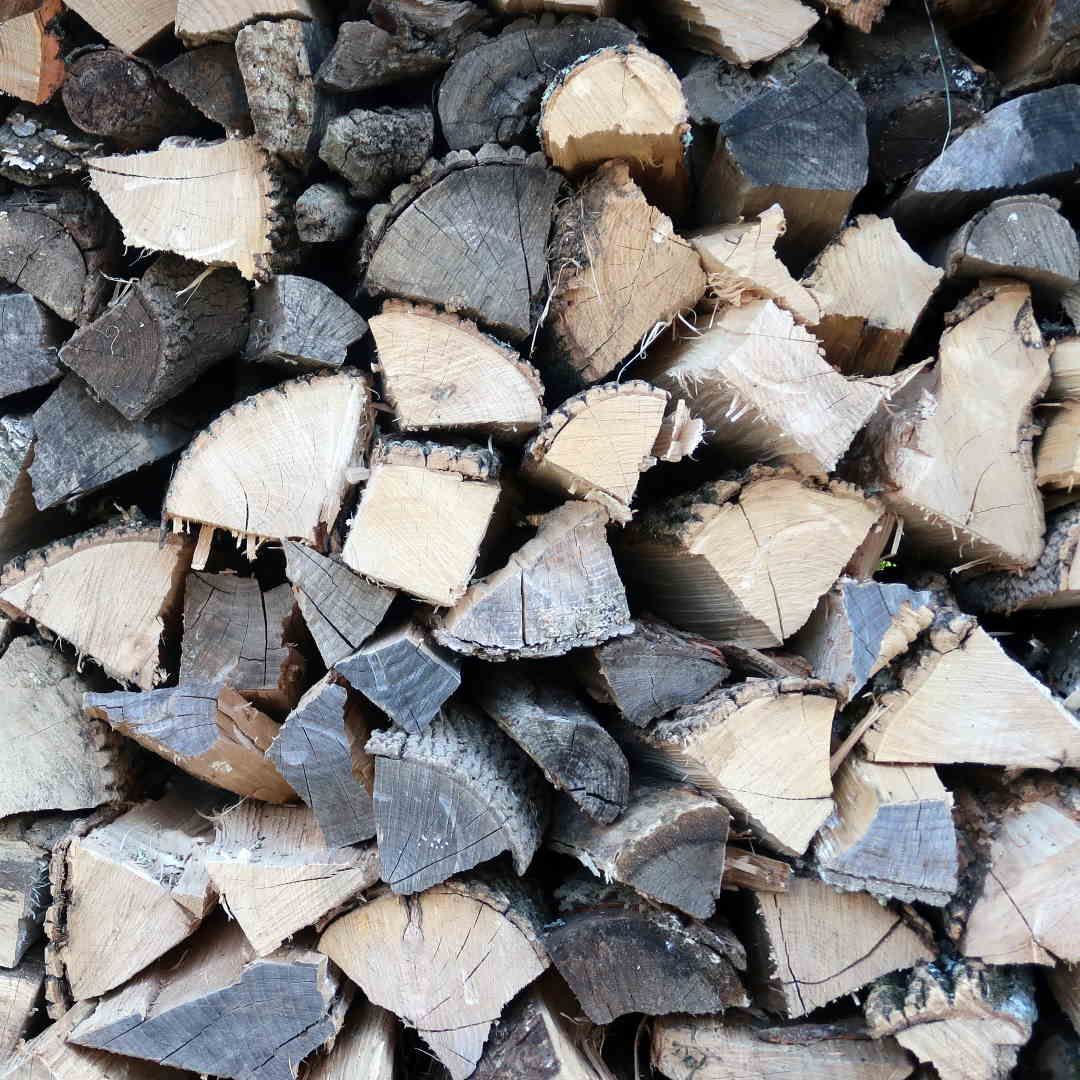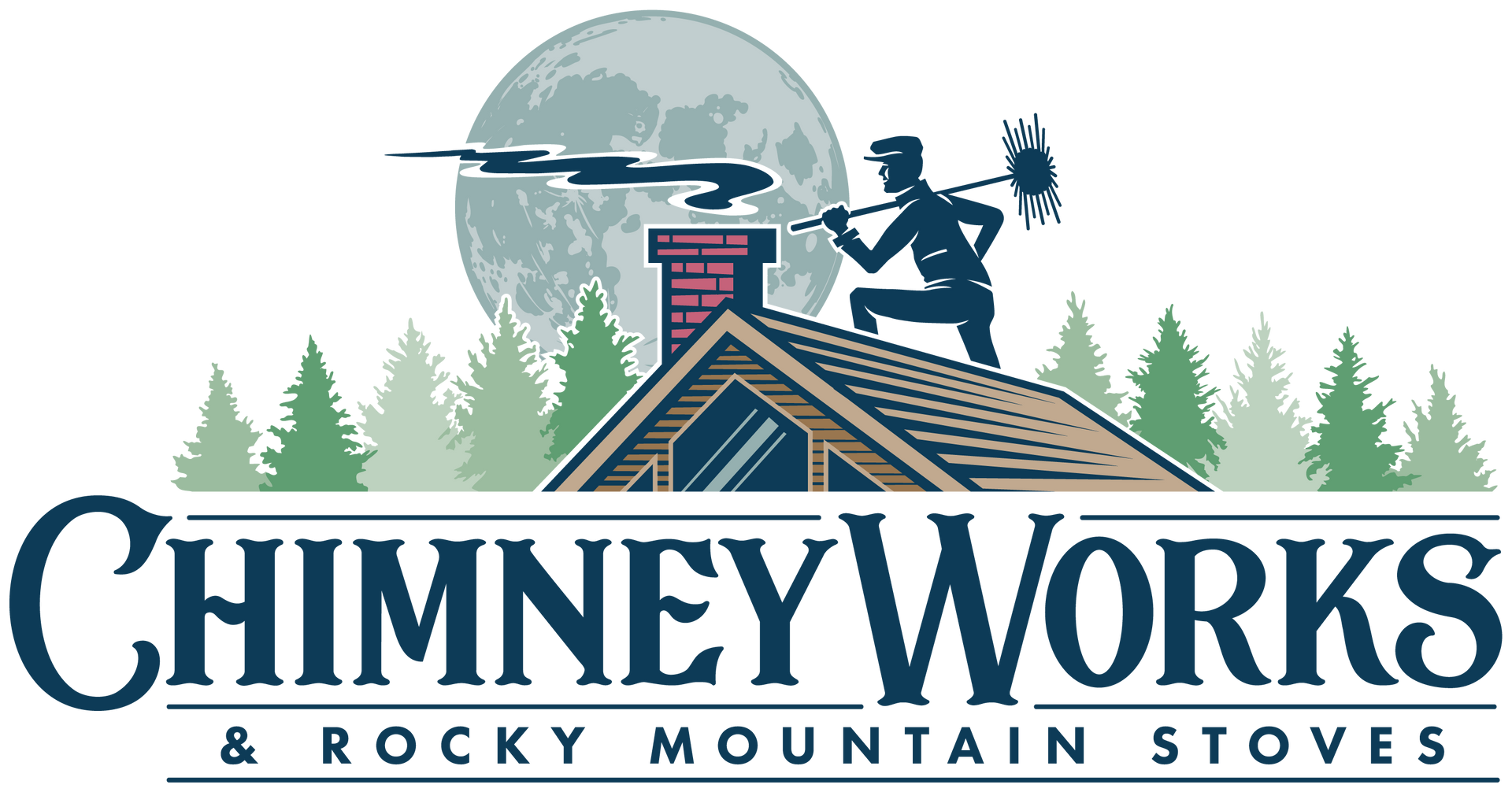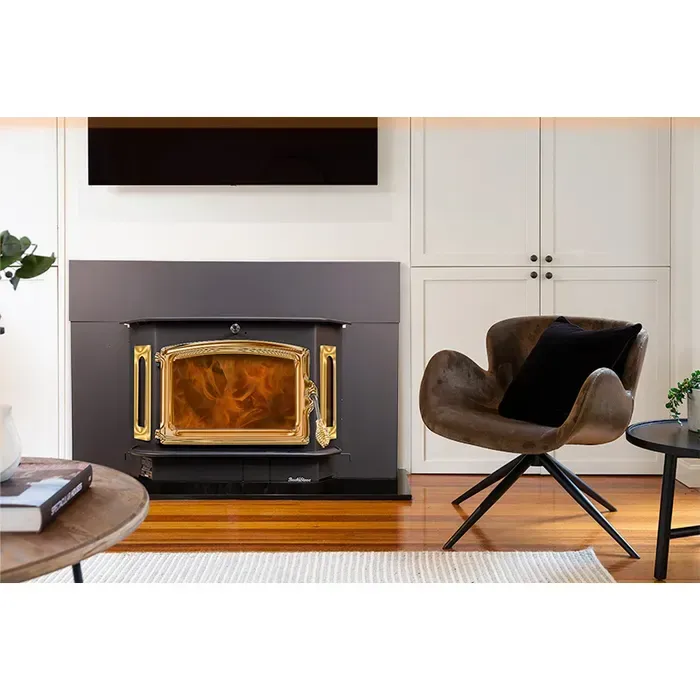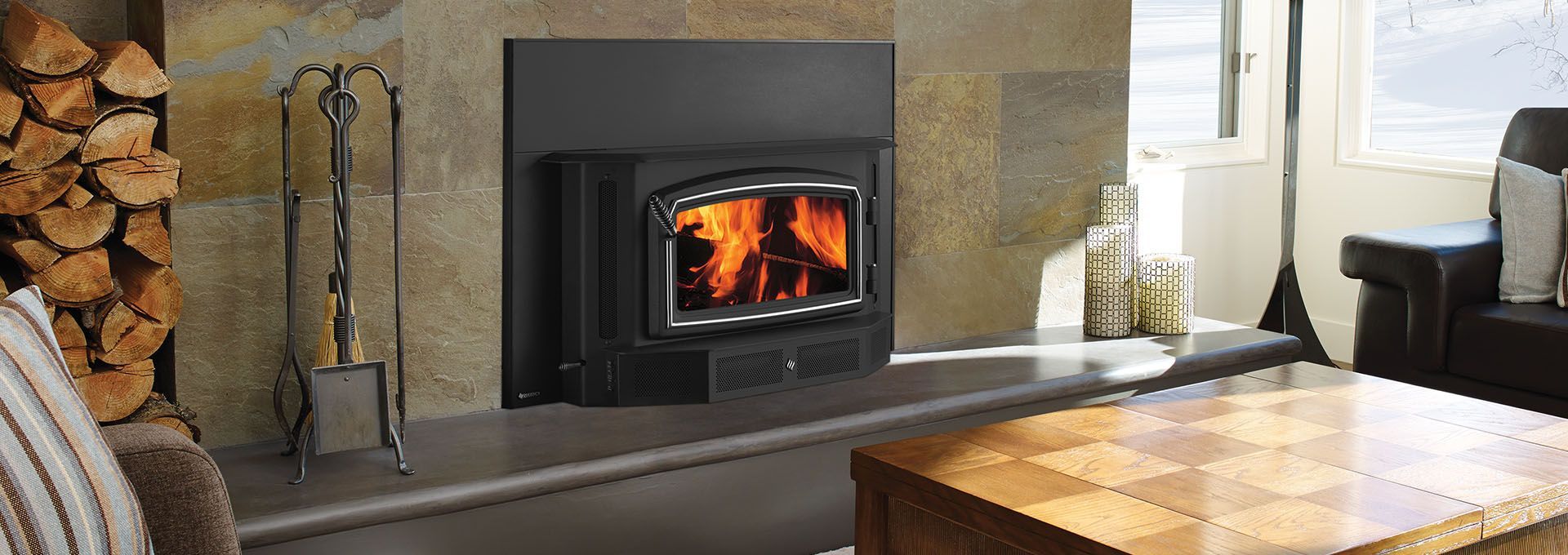The Best Firewood For Your Stove, Insert Or Fireplace

We are going to answer the question “What is the best firewood to burn?” by looking at it from a few different angles. First, we are going to look at it practically. Who cares if Osage Orange has the highest BTU output if you don’t have access to it? What difference does it make that ash burns hot if there are no more ash trees around due to the Emerald Ash Borer? Secondly, we’ll look at it scientifically. We’ll review some very good data about what produces the most heat and think about things like drying time. So let’s get right down to finding the best firewood out there.
Practical Perspective On The Best Firewood To Burn
The best firewood to burn is…
- A hardwood
- Readily available in your area
- Priced reasonably
- Pre-seasoned or will season before use
- Safe to burn (low creosote)
- Easy to split or handle
So let’s break this down point by point starting with the best wood being a hardwood. The fact of the matter is, hardwood is king when talking about heat output. Hardwoods like oaks are near the top of the list while softwoods like pines are near the bottom.
If you know anyone from further north in Canada and Alaska, you will find many folks there burn pine. They are burning a lower mBTU/Cord wood because there is not a lot of hardwood available to them. The availability of certain types of wood in your area is going to be the biggest factor in what you burn. You may find that even if you are in an area where oaks and other hardwoods are plentiful that there is either a general shortage due to overlogging or folks have opted to sell those hardwoods as sawlogs rather than using it as firewood. Likewise, just like the marketplace for any item, you may find a supply glut that causes the price of certain hardwoods to drop. When the emerald ash borers hit our area, you couldn’t give ash wood away because everyone had it available. With the increase or decrease in supply, the price may change, which ties directly into the priced reasonably bullet point. For example, if you wanted a hickory in our area, you’ll have to pay through the nose. But why would you when Osage Orage burns hotter and is more available, therefore costing you less.
Even if you can get a stellar deal on some oak, it may not matter if that oak arrives at your property unseasoned with winter a month down the road. Since many oaks require 3 years to fully season, you will probably go with other options if you need firewood now. Putting on my chimney sweep hat for a moment: Never burn unseasoned wood. The amount of creosote burning unseasoned wood produces is amazing and will leave you at risk for a chimney fire, even if you have your chimney swept regularly. I know people do it, but you should really take the time to season your firewood properly to ensure your home and your family is safe.
The best wood to burn should be easy to handle. This will mostly apply to the few folks who have bulk firewood logs delivered to their home and plan to split it themselves. The fact is, some woods are easier to split than others. Elm is notoriously difficult to split, while ash is very easy to split. Even if you have a bunch of elm available and cheap, you may want to pass and go for something easier to handle.
A Rule of Thumb: The Heavier the wood, the better the BTU Output
This is a rule of thumb because there is definitely heavy wood that is outranked in BTU output by lighter woods. For example, Pecan is a very heavy wood, weight 4,172 lbs. per cord, but outputs only 21.1 mBTU per cord while Shagbark Hickory weighs in at 4,080 lbs. per cord and outputs 25.3 mBTU per cord. Generally, if you look at weight VS mBTU/cord output, you’ll find that the heavier the wood, the more heat it will produce.
Science Says The Best Wood To Burn Is …
So if we just answer the question “What wood produces the highest mBTU/Cord?” and we ignore any availability or practicality issues, we are left with this top 3 list:
- Osage Orage (AKA Hedge/Hedge Apple Tree/Bodark/Bois d’arc) – 30.0 mBTU/cord with a recommended 12 month drying time.
- Gamble Oak is 28.0 mBTU/cord with a recommended drying time of 36 months.
- Almond is an excellent firewood producing 26.7 mBTU/cord with a drying time of 24 months.
Fat chance you’ll get either Gamble Oak or Almond for firewood. So let’s try the list again with families and are at least a little practical. Each family has a range, for example Honey Locust may provide more heat than Black Locust, but beware the thorns.
- Osage Orange is king, coming in at 30.0 mBTU/cord.
- Oaks if you are lucky. Gamble (28.0), White (24.2), Post (23.7) are at the higher end with Red (22.1) being the lowest of the oak family.
- Hickory trees are coveted, oh that sweet smell but I’d save it for sawlogs. Shagbark (25.3), Bitternut (23.7)
- Sugar Maples do great (23.2)
- Locusts are wonderful. Honey (23.7), Black (23.2)
Looking for a full list? I can’t do it better than The Firewood Hoarder’s Club.
The post The Best Firewood For Your Stove, Insert Or Fireplace appeared first on Chimney Works & Rocky Mountain Stoves.
Search the Outpost





